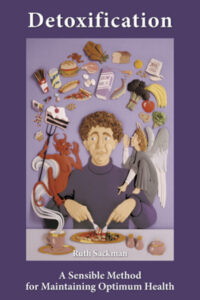The carrot has been native to Europe since ancient times, and was introduced to the United States during the period of early colonization. Carrots soon became a staple garden crop. Today, they are one of the major truck and garden vegetables.
Depending on the variety, carrots grow to maturity and are ready for market within 70 to 120 days. They are always in season, and are produced in nearly all states. The largest carrot producers are Texas, Florida, and New York. Carrots are so easy to raise that a garden in your backyard in can yield carrots that are rich in vitamins and high in mineral content.
When purchasing carrots, look for firm, smooth, well-shaped carrots of good color and fresh appearance. The tops should be fresh and green, unless they have been damaged in transit from grower to market. Carrots with excessively thick masses of leaf stems at the point of attachment arc usually undesirable because they have large cores and may be woody. Look for carrots with “eye appeal.”
Carrots may be utilized in the diet in many ways. The best way is to eat them raw and as fresh as possible. Raw cam sticks and curls are attractive garnishes and appetizers. Grated carrot, steamed in a stainless steel kettle or baked in the oven and served with parsley and butter, is a nice dish. The bright color of carrots makes them appealing and appetizing to serve with dinner, in salads, with other vegetables, or with cottage cheese or apples and nuts.
Carrot tops are full of potassium, but because of this they are so bitter that the average person does not enjoy them. However, a small portion of the tops may be cut fine and put into mixed salads, or a bunch may be tied with string and cooked in broths or soups for flavoring and for their high mineral content. Lift them out before saving.
Therapeutic Value of Carrots
Because the carrot is so high in vitamin A, it has been used extensively in the diet to improve the eyesight. Carrots were used in World War II in aerial training schools to improve the eyesight of the students.
Many children have lower jaws that are underdeveloped. This deformity is usually the result of calcium deficiency in the child’s early growth. Babies do not always get enough calcium and some do not have enough raw food or other chewing foods that help promote normal growth of bones and teeth. It is good for a child to have a raw carrot with each meal. I have seen the teeth of children straighten out and the lower jaw develop in a year, when they were given a carrot to chew on before each meal
Carrots contain a great deal of roughage. They will help in an cases of constipation.
Used as a general bodybuilder, carrot juice is excellent. This juice is presently used in cases of severe illness, and as a foundation in cancer diets. It is delicious and nutritious when combined with other juices such as parsley, celery, watercress, endive, or romaine lettuce.
Everyone can benefit from drinking fresh vegetable juice, and carrot juice one of the best. Some juice vendors believe that die short, stubby carrot is the most flavorful and colorful, and contains more vitamins and minerals. However, the long, deader carrot can be high in these values, too, and is also used.
Nutrients in pone pound of carrots
Calories: 179
Protein: 4.8 g
Fat: 1.2 g
Carbohydrates: 37.2 g
Calcium: 156 mg
Phosphorus: 148 mg
Iron: 3.2 mg
Vitamin A: 48,000 I.U.
Thiamine: 0.27 mg
Riboflavin: 0.26 mg
Niacin: 2 mg
Ascorbic acid: 24 mg





